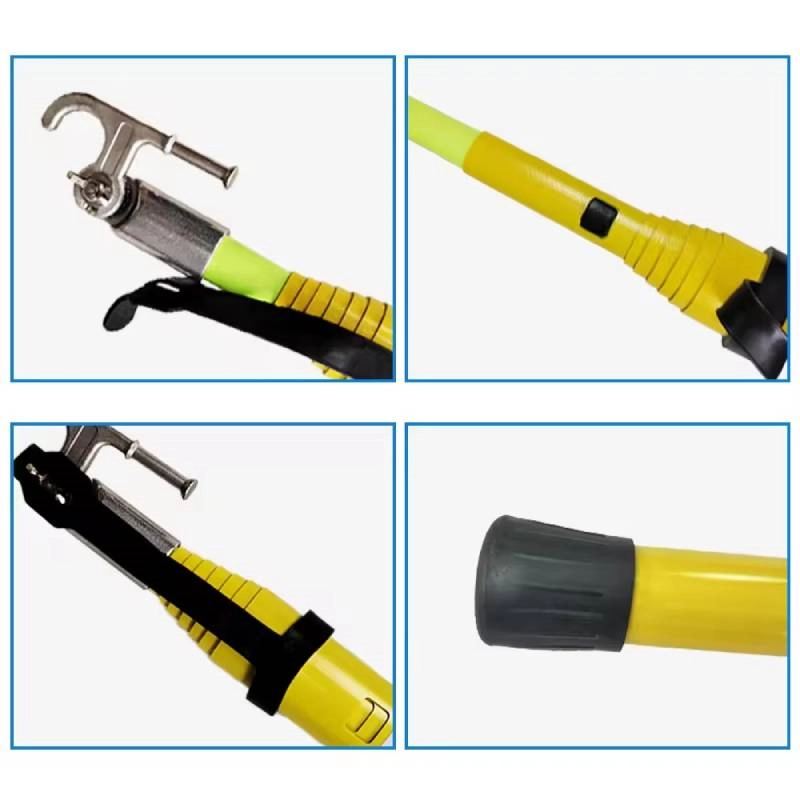
-
 Afrikaans
Afrikaans -
 Albanian
Albanian -
 Amharic
Amharic -
 Arabic
Arabic -
 Armenian
Armenian -
 Azerbaijani
Azerbaijani -
 Basque
Basque -
 Belarusian
Belarusian -
 Bengali
Bengali -
 Bosnian
Bosnian -
 Bulgarian
Bulgarian -
 Catalan
Catalan -
 Cebuano
Cebuano -
 Corsican
Corsican -
 Croatian
Croatian -
 Czech
Czech -
 Danish
Danish -
 Dutch
Dutch -
 English
English -
 Esperanto
Esperanto -
 Estonian
Estonian -
 Finnish
Finnish -
 French
French -
 Frisian
Frisian -
 Galician
Galician -
 Georgian
Georgian -
 German
German -
 Greek
Greek -
 Gujarati
Gujarati -
 Haitian Creole
Haitian Creole -
 hausa
hausa -
 hawaiian
hawaiian -
 Hebrew
Hebrew -
 Hindi
Hindi -
 Miao
Miao -
 Hungarian
Hungarian -
 Icelandic
Icelandic -
 igbo
igbo -
 Indonesian
Indonesian -
 irish
irish -
 Italian
Italian -
 Japanese
Japanese -
 Javanese
Javanese -
 Kannada
Kannada -
 kazakh
kazakh -
 Khmer
Khmer -
 Rwandese
Rwandese -
 Korean
Korean -
 Kurdish
Kurdish -
 Kyrgyz
Kyrgyz -
 Lao
Lao -
 Latin
Latin -
 Latvian
Latvian -
 Lithuanian
Lithuanian -
 Luxembourgish
Luxembourgish -
 Macedonian
Macedonian -
 Malgashi
Malgashi -
 Malay
Malay -
 Malayalam
Malayalam -
 Maltese
Maltese -
 Maori
Maori -
 Marathi
Marathi -
 Mongolian
Mongolian -
 Myanmar
Myanmar -
 Nepali
Nepali -
 Norwegian
Norwegian -
 Norwegian
Norwegian -
 Occitan
Occitan -
 Pashto
Pashto -
 Persian
Persian -
 Polish
Polish -
 Portuguese
Portuguese -
 Punjabi
Punjabi -
 Romanian
Romanian -
 Russian
Russian -
 Samoan
Samoan -
 Scottish Gaelic
Scottish Gaelic -
 Serbian
Serbian -
 Sesotho
Sesotho -
 Shona
Shona -
 Sindhi
Sindhi -
 Sinhala
Sinhala -
 Slovak
Slovak -
 Slovenian
Slovenian -
 Somali
Somali -
 Spanish
Spanish -
 Sundanese
Sundanese -
 Swahili
Swahili -
 Swedish
Swedish -
 Tagalog
Tagalog -
 Tajik
Tajik -
 Tamil
Tamil -
 Tatar
Tatar -
 Telugu
Telugu -
 Thai
Thai -
 Turkish
Turkish -
 Turkmen
Turkmen -
 Ukrainian
Ukrainian -
 Urdu
Urdu -
 Uighur
Uighur -
 Uzbek
Uzbek -
 Vietnamese
Vietnamese -
 Welsh
Welsh -
 Bantu
Bantu -
 Yiddish
Yiddish -
 Yoruba
Yoruba -
 Zulu
Zulu


Nov . 08, 2024 22:09 Back to list
wire clipper
Understanding Wire Clippers A Versatile Tool in Everyday Life
Wire clippers, also known as wire cutters or side cutters, are indispensable tools that find applications in various fields, from household tasks to professional electrical work. Their utility stems from their ability to cut through different types of wire and other materials, making them essential for DIY enthusiasts, electricians, and craftsmen alike.
The Anatomy of Wire Clippers
Wire clippers typically consist of a pair of sharp blades that are pivoted at a joint, with the handles providing leverage. The design allows for two types of cutting edges the cutting edge, which slices through materials, and the notch or jaw, which can grip and bend wire. This combination of features makes wire clippers incredibly versatile.
Most wire clippers are made from high-carbon steel or stainless steel, which ensures durability and sharpness. They often feature ergonomic handles, either molded plastic or rubberized grips, to enhance user comfort during extended use. Some wire clippers even come equipped with built-in wire strippers, eliminating the need for multiple tools.
Types of Wire Clippers
There are several types of wire clippers, each suited for specific tasks
1. Classic Wire Cutters These are the most common form and are perfect for cutting thin wires like those found in crafts and construction. They are not designed to handle thick or heavy materials.
2. Diagonal Cutters Also known as diagonal pliers, these cutters have angled jaws that allow them to access tight spots. They are particularly useful for cutting wire flush against surfaces.
3. Needle-Nose Cutters These cutters feature long, narrow jaws that can reach small or confined spaces. They are ideal for precision cutting and can also be used for bending and twisting wire.
4. Electricians' Cutters These specialized clippers often come with additional features, such as wire strippers and crimping capabilities. They are designed for heavy-duty use and can handle both thick and thin wires.
wire clipper

Everyday Uses
The versatility of wire clippers means they are found in numerous everyday scenarios
- Crafting Hobbyists use wire clippers to cut metallic wires in jewelry making or model construction. The precision allows for detailed and intricate work. - Electrical Work Electricians use wire clippers to cut and strip wires in residential and commercial electrical systems. The efficiency and reliability of these tools are paramount in ensuring safe and effective installations.
- Automotive Repairs Mechanics often rely on wire clippers to cut or strip wires in automotive applications, from repairs to installations of new components.
- Gardening Gardeners can utilize wire clippers to trim twine, thin branches, or any light wiring in garden trellises or support systems.
Safety Considerations
While wire clippers are generally safe to use, it’s crucial to observe certain safety measures. Users should always wear protective eyewear, as cutting wires can send small pieces flying. Additionally, ensuring that the clippers are in good condition—free of rust and with sharp blades—is essential to prevent accidents.
When cutting wires, it is important to cut away from the body and maintain a firm grip on the tool. This not only enhances accuracy but also minimizes the risk of injury.
Conclusion
Wire clippers are a fundamental tool that plays a significant role in many daily tasks. Their design, versatility, and functionality make them essential for both amateur and professional users. Whether you are crafting, wiring an electrical system, or making repairs, having a quality pair of wire clippers can enhance your productivity and safety. Investing in the right type of wire clippers tailored to your specific needs can empower you to tackle a wide array of projects with confidence and skill.
Latest news
What Are Construction Tools and How Are They Used?
NewsJul.11,2025
Professional-Grade Duct Rodding Tools for Superior Cable Installation
NewsJul.11,2025
Enhancing Safety and Efficiency with Modern Hot Stick Solutions
NewsJul.11,2025
Empowering Cable Installation with Advanced Rodder Solutions
NewsJul.11,2025
Elevate Your Cable Installation Projects with Cable Pulling Tools
NewsJul.11,2025
Efficient Cable Handling Solutions: Cable Rollers for Sale
NewsJul.11,2025











